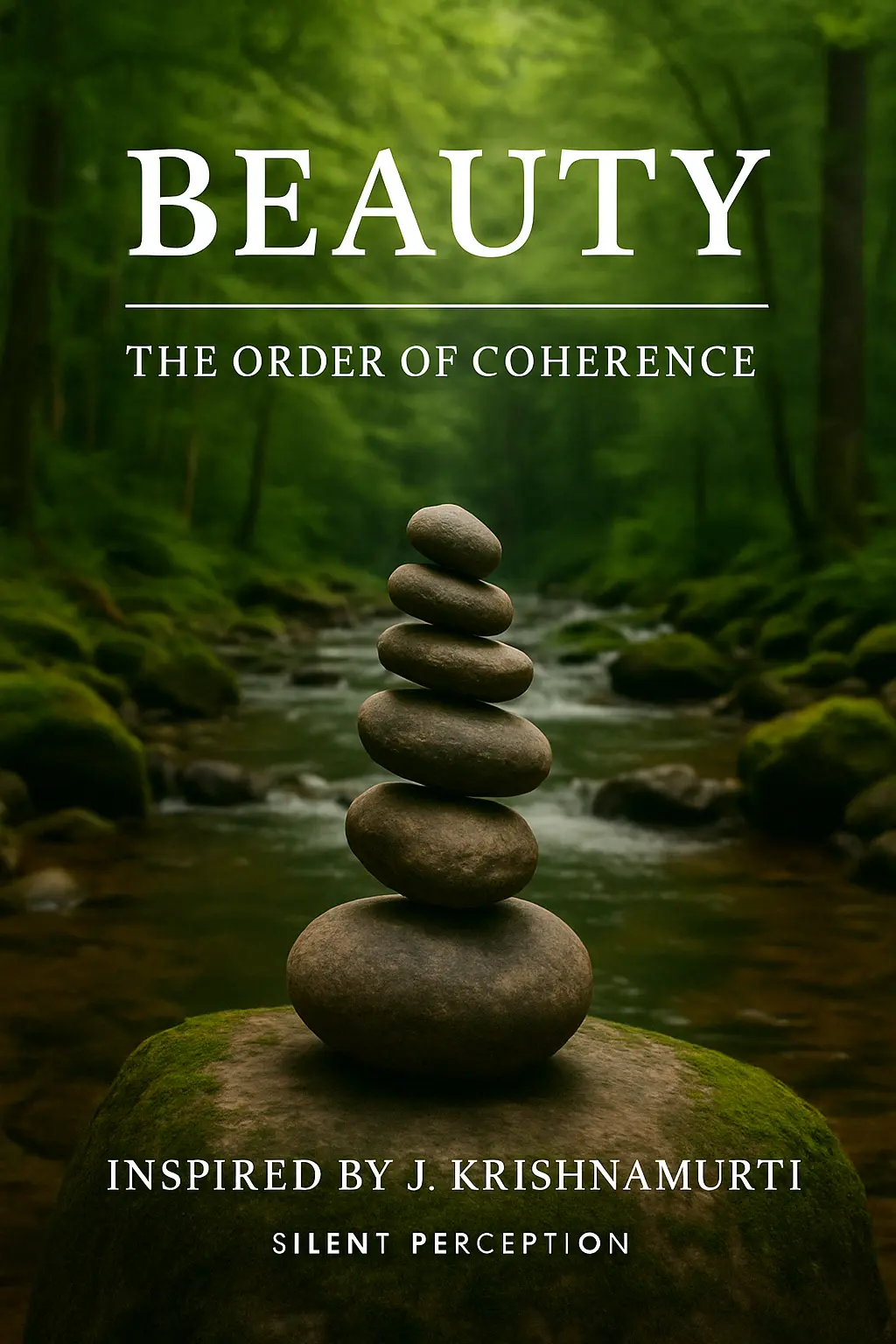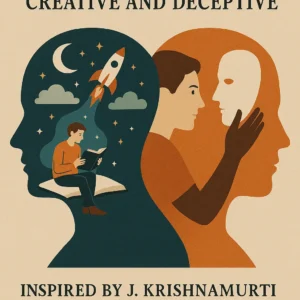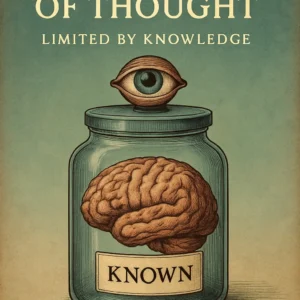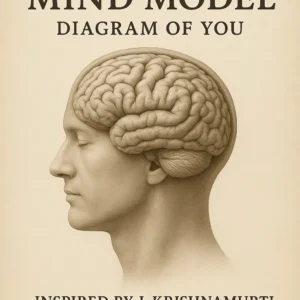Description
Beauty: The Order of CoherenceWhat is beauty, if not the perception of harmony made visible?
We often associate beauty with form, appearance, or aesthetic experience — but what if beauty is something much deeper? What if beauty is not a surface property, but a reflection of coherence — the natural alignment of perception, thought, and being?
In Beauty: The Order of Coherence, beauty is not defined — it is revealed. This book is a meditative inquiry into the structure of coherence itself: the quiet intelligence behind perception, the harmony of meaning, and the authenticity of action. It explores how beauty arises not from imitation, emotion, or desire, but from the undistorted relationship between mind and reality.
What you’ll explore:
- The coherence of perception when thought is silent
- How thought distorts or extends perception through meaning
- The immediacy of insight and its power to transform conditioning
- Why sensitivity is clarity, not emotional reactivity
- How coherent behaviour mirrors the intelligence of nature
- The corruption of beauty by society’s false ideals
- How desire fractures perception, concealing beauty
- Why true beauty appears when creation is free from the self
This book offers no techniques, no affirmations, no aesthetic theories. Instead, it invites the reader to look — clearly and silently. For in pure perception, beauty is not something seen — it includes the seeing itself.
When perception is whole, beauty is present. Where there is coherence, there is order. Where there is order, there is beauty.
Perfect for readers of J. Krishnamurti, David Bohm, or anyone drawn to the sacred elegance of intelligence, Beauty: The Order of Coherence is not about what beauty looks like — but what it is.





Reviews
There are no reviews yet.